Sentimentalrobots - All Of These Things
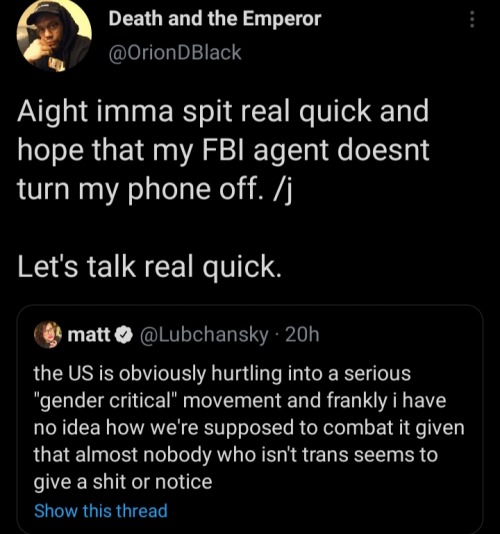
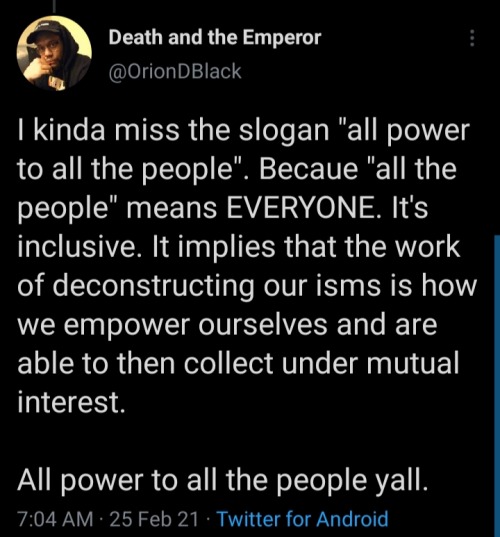
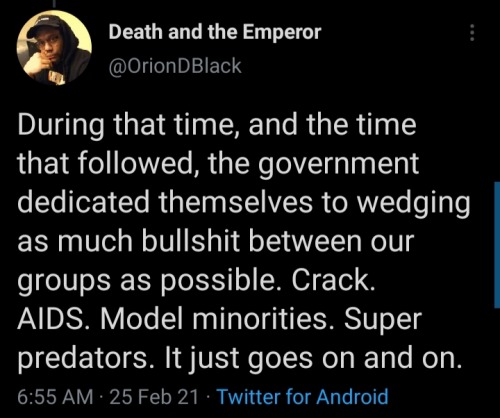
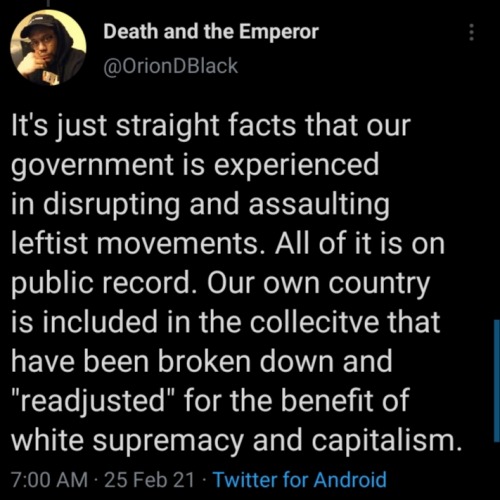
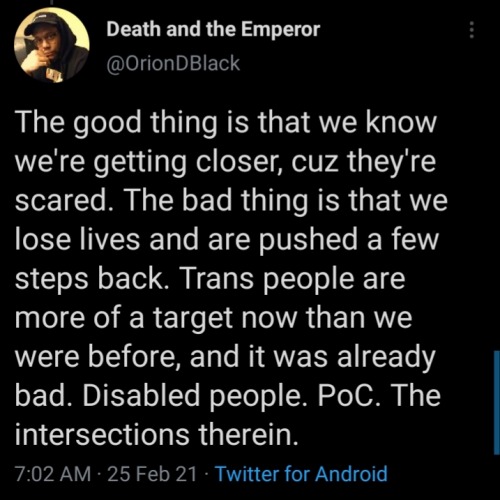
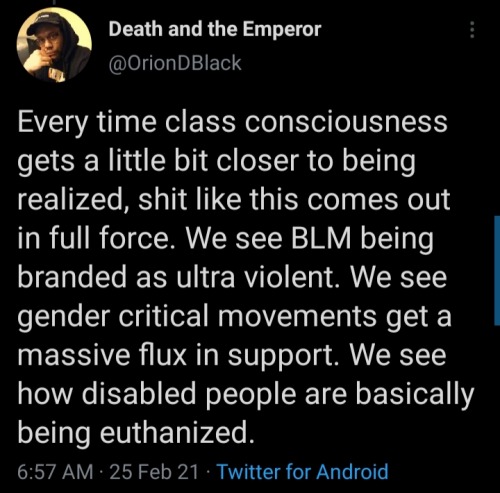
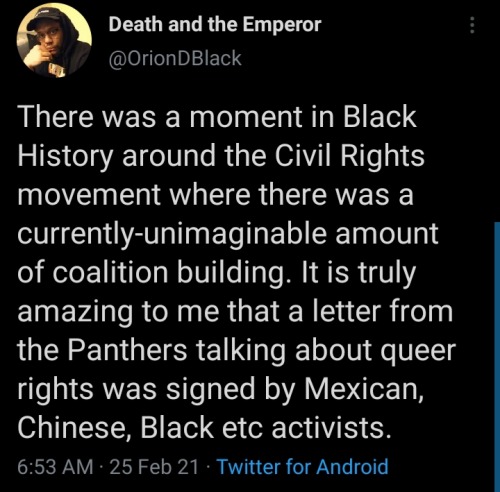

More Posts from Sentimentalrobots and Others
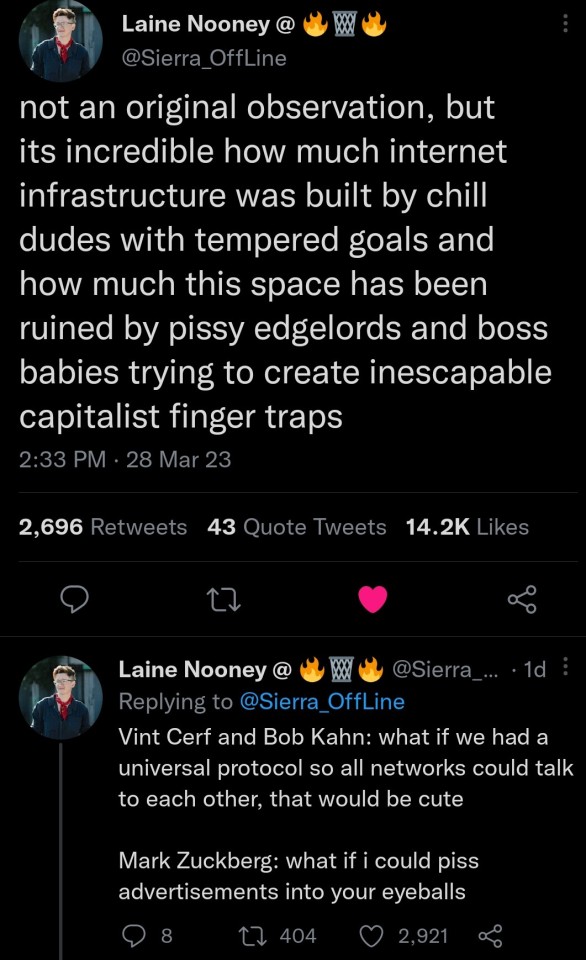
Here is my best guidance for action, rendered beautifully by the great John Lithgow. I first published these lessons more than eight years ago, in late 2016. They open the twenty chapters of On Tyranny: Twenty Lessons from the Twentieth Century.
Millions of you, around the world, have put these lessons to good use; it has been humbling to learn how from courageous and creative dissenters, protestors, and oppositionists.
I am delighted to have this special chance now to share the lessons again. I was honored when John, a wise advocate for civil discourse and civic engagement, volunteered to read them aloud.
For the full video, see my substack.
The Spanish surnames of many Filipinos have often misled foreigners here and abroad, who are unaware of the decree on the adoption of surnames issued by Governor-General Narciso Clavería in 1849. Until quite recently in the United States, the Filipinos were classified in demographic statistics as a “Spanish-speaking minority,” along with Puerto Ricans, Cubans, Mexicans, and other nationals of the Central or South American republics. The Philippines, as is well known, was a Spanish colony when Spain was mistress of empires in the Western Hemisphere; but the Americans were “hispanized” demographically, culturally, and linguistically, in a way the Philippines never was. Yet the Spanish surnames of the Filipinos today—García, Gómez, Gutiérrez, Fernández—seem to confirm the impression of the American statistician, as well as of the American tourist, that the Philippines is just another Mexico in Asia. Nor is this misunderstanding confined to the United States; most Spaniards still tend to think of “las Islas Filipinas” as a country united to them through the language of Cervantes, and they catalogue Philippine studies under “Hispano-America.” The fact is that after nearly three-and-a-half centuries of Spanish rule probably not more than one Filipino in ten spoke Spanish, and today scarcely one in fifty does. Still the illusion lives on, thanks in large part to these surnames, which apparently reflect descent from ancient Peninsular forbears, but in reality often date back no farther than this decree of 1849.
Somehow overlooked, this decree, with the Catálogo Alfabético de Apellidos which accompanied it, accounts for another curiousity which often intrigues both Filipinos and foreign visitors alike, namely, that there are towns in which all the surnames of the people begin with the same letter. This is easily verifiable today in many parts of the country. For example, in the Bikol region, the entire alphabet is laid out like a garland over the provinces of Albay, Sorsogon, and Catanduanes which in 1849 belonged to the single jurisdiction of Albay. Beginning with A at the provincial capital, the letters B and C mark the towns along the coast beyond Tabaco to Tiwi. We return and trace along the coast of Sorsogon the letters E to L; then starting down the Iraya Valley at Daraga with M, we stop with S to Polangui and Libon, and finish the alphabet with a quick tour around the island of Catan-duanes. Today’s lists of municipal officials, memorials to local heroes, even business or telephone directories, also show that towns where family names begin with a single letter are not uncommon. In as, for example, the letter R is so prevalent that besides the Roas, Reburianos, Rebajantes, etc., some claim with tongue in cheek that the town also produced Romuáldez, Rizal, and Roosevelt!
Excerpt from the 1973 introduction to Catálogo de Alfabético de Apellidos by Domingo Abella





Abolish for-profit health care insurance.
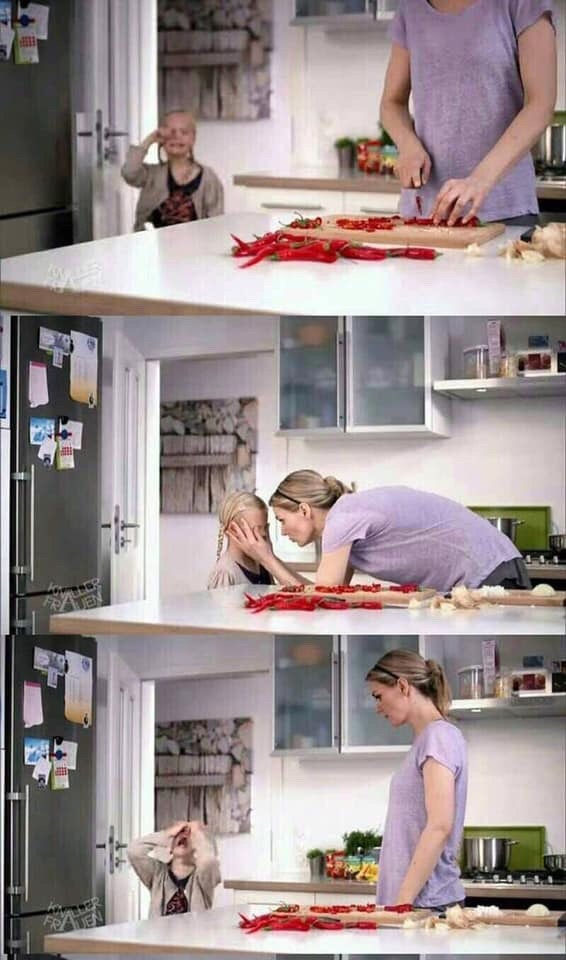
Some of us will never forget that the burning times were once memorialized in retina-burning fonts; surrounded by violet spinning pentacles on the backdrop of a starry, twinkling night sky. Somewhere in the distance, a partially loaded midi file attempted to play "how soon is now" while the cursor trailed glittering sparkles across the majestic sky-screen...
scientists in media: we have engineered a brand-new sentient lifeform in our lab but we treat it like an object with cold detachment and refer to as Specimen 1-A and subject it to horrible tests without remorse
scientists in reality: we built two robots that will leave Earth and never return and their names are Percy and Ginny and we gave Percy a family portrait of all our other Mars robots to take along with it and when the anniversary of its landing comes around we’re working on teaching it to sing itself “happy birthday” like we did for the other robot and–
-
 macaroni-stars liked this · 1 week ago
macaroni-stars liked this · 1 week ago -
 dryderriot reblogged this · 1 week ago
dryderriot reblogged this · 1 week ago -
 dryderriot liked this · 1 week ago
dryderriot liked this · 1 week ago -
 additionalvelociraptors reblogged this · 1 week ago
additionalvelociraptors reblogged this · 1 week ago -
 sandpipered liked this · 1 week ago
sandpipered liked this · 1 week ago -
 callalily314159 liked this · 1 week ago
callalily314159 liked this · 1 week ago -
 aomorikat reblogged this · 1 week ago
aomorikat reblogged this · 1 week ago -
 tokagrem reblogged this · 1 week ago
tokagrem reblogged this · 1 week ago -
 ollywocket reblogged this · 1 week ago
ollywocket reblogged this · 1 week ago -
 ollywocket liked this · 1 week ago
ollywocket liked this · 1 week ago -
 mimimigan liked this · 1 week ago
mimimigan liked this · 1 week ago -
 crowscauseblog reblogged this · 1 week ago
crowscauseblog reblogged this · 1 week ago -
 modernlovez reblogged this · 1 week ago
modernlovez reblogged this · 1 week ago -
 based-marxist reblogged this · 2 weeks ago
based-marxist reblogged this · 2 weeks ago -
 transgressivebeast liked this · 2 weeks ago
transgressivebeast liked this · 2 weeks ago -
 arytheartistt reblogged this · 2 weeks ago
arytheartistt reblogged this · 2 weeks ago -
 thechillsquid liked this · 2 weeks ago
thechillsquid liked this · 2 weeks ago -
 bjfinn liked this · 2 weeks ago
bjfinn liked this · 2 weeks ago -
 an-unprofessional-artist reblogged this · 2 weeks ago
an-unprofessional-artist reblogged this · 2 weeks ago -
 10gallon liked this · 3 weeks ago
10gallon liked this · 3 weeks ago -
 joeys-pizza liked this · 3 weeks ago
joeys-pizza liked this · 3 weeks ago -
 aimlesswalker reblogged this · 3 weeks ago
aimlesswalker reblogged this · 3 weeks ago -
 notlikeotherwarlocks reblogged this · 3 weeks ago
notlikeotherwarlocks reblogged this · 3 weeks ago -
 a-robot reblogged this · 3 weeks ago
a-robot reblogged this · 3 weeks ago -
 spark1edog reblogged this · 3 weeks ago
spark1edog reblogged this · 3 weeks ago -
 spark1edog liked this · 3 weeks ago
spark1edog liked this · 3 weeks ago -
 almondjoy-in-a-hot-car reblogged this · 3 weeks ago
almondjoy-in-a-hot-car reblogged this · 3 weeks ago -
 queersforfearsandmountaineers liked this · 3 weeks ago
queersforfearsandmountaineers liked this · 3 weeks ago -
 zombiebiologist reblogged this · 3 weeks ago
zombiebiologist reblogged this · 3 weeks ago -
 natostine liked this · 3 weeks ago
natostine liked this · 3 weeks ago -
 legobatmansuperiority reblogged this · 3 weeks ago
legobatmansuperiority reblogged this · 3 weeks ago -
 spamreblogerrrrr reblogged this · 3 weeks ago
spamreblogerrrrr reblogged this · 3 weeks ago -
 androidgux liked this · 3 weeks ago
androidgux liked this · 3 weeks ago -
 acethenutcase liked this · 3 weeks ago
acethenutcase liked this · 3 weeks ago -
 avloki-pal liked this · 3 weeks ago
avloki-pal liked this · 3 weeks ago -
 c4k9 liked this · 3 weeks ago
c4k9 liked this · 3 weeks ago -
 morgans-doodles reblogged this · 3 weeks ago
morgans-doodles reblogged this · 3 weeks ago -
 pimpa liked this · 3 weeks ago
pimpa liked this · 3 weeks ago -
 theghostofprocrastination liked this · 3 weeks ago
theghostofprocrastination liked this · 3 weeks ago -
 aluria-sevhex liked this · 3 weeks ago
aluria-sevhex liked this · 3 weeks ago -
 wolffespider liked this · 3 weeks ago
wolffespider liked this · 3 weeks ago -
 thecrabbybarista reblogged this · 3 weeks ago
thecrabbybarista reblogged this · 3 weeks ago -
 jaspertjunk reblogged this · 3 weeks ago
jaspertjunk reblogged this · 3 weeks ago -
 0rionz-belt reblogged this · 3 weeks ago
0rionz-belt reblogged this · 3 weeks ago -
 official-infinitea reblogged this · 3 weeks ago
official-infinitea reblogged this · 3 weeks ago -
 official-infinitea liked this · 3 weeks ago
official-infinitea liked this · 3 weeks ago -
 pinkwesker liked this · 3 weeks ago
pinkwesker liked this · 3 weeks ago -
 recklessrobin05 reblogged this · 3 weeks ago
recklessrobin05 reblogged this · 3 weeks ago -
 recklessrobin05 liked this · 3 weeks ago
recklessrobin05 liked this · 3 weeks ago

General interest @culturesinglarityGay shit and lots of dicks @demon-core-incidentDeep Space Nine relevance @temba-his-arms-wideHorny men's tailoring @captaindadsmenshosiery Pfp courtesy of @anonymous-leemur
207 posts